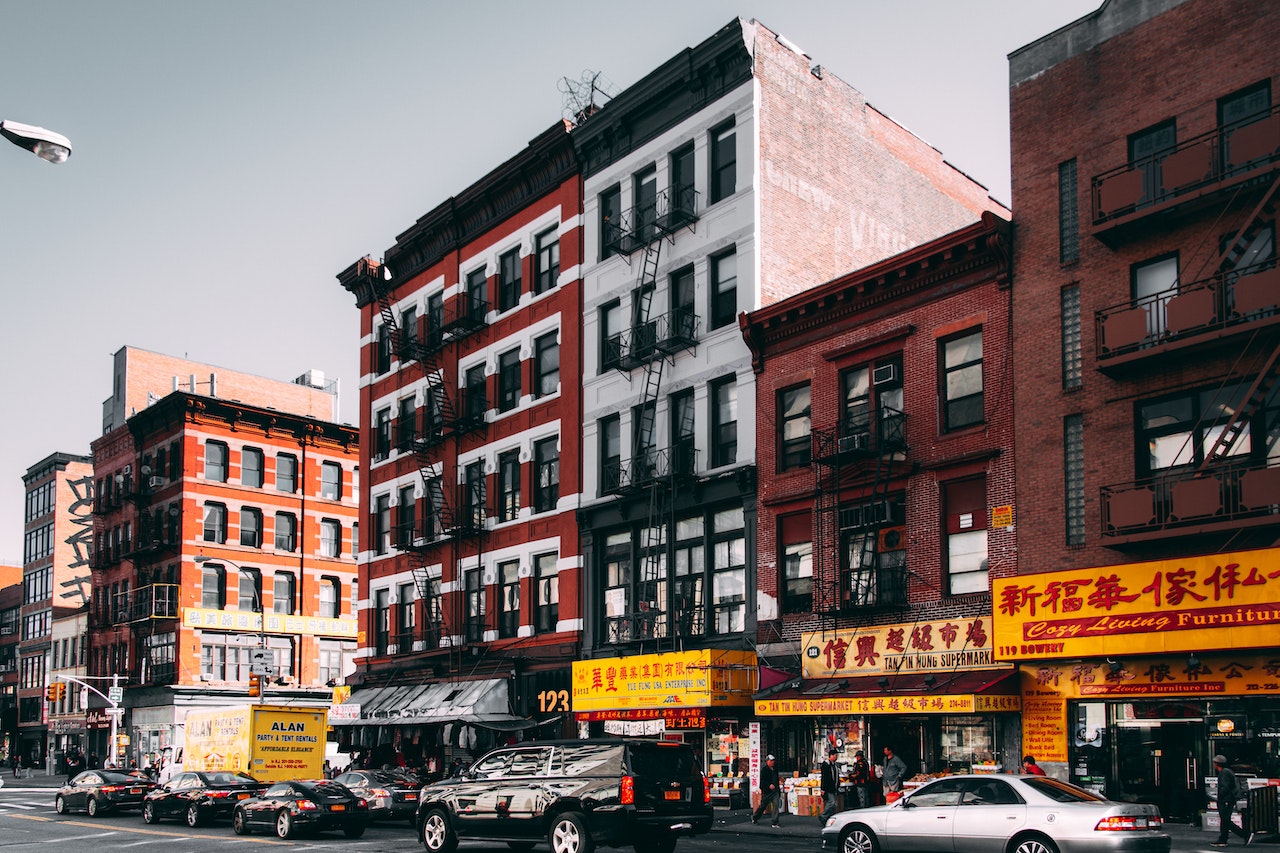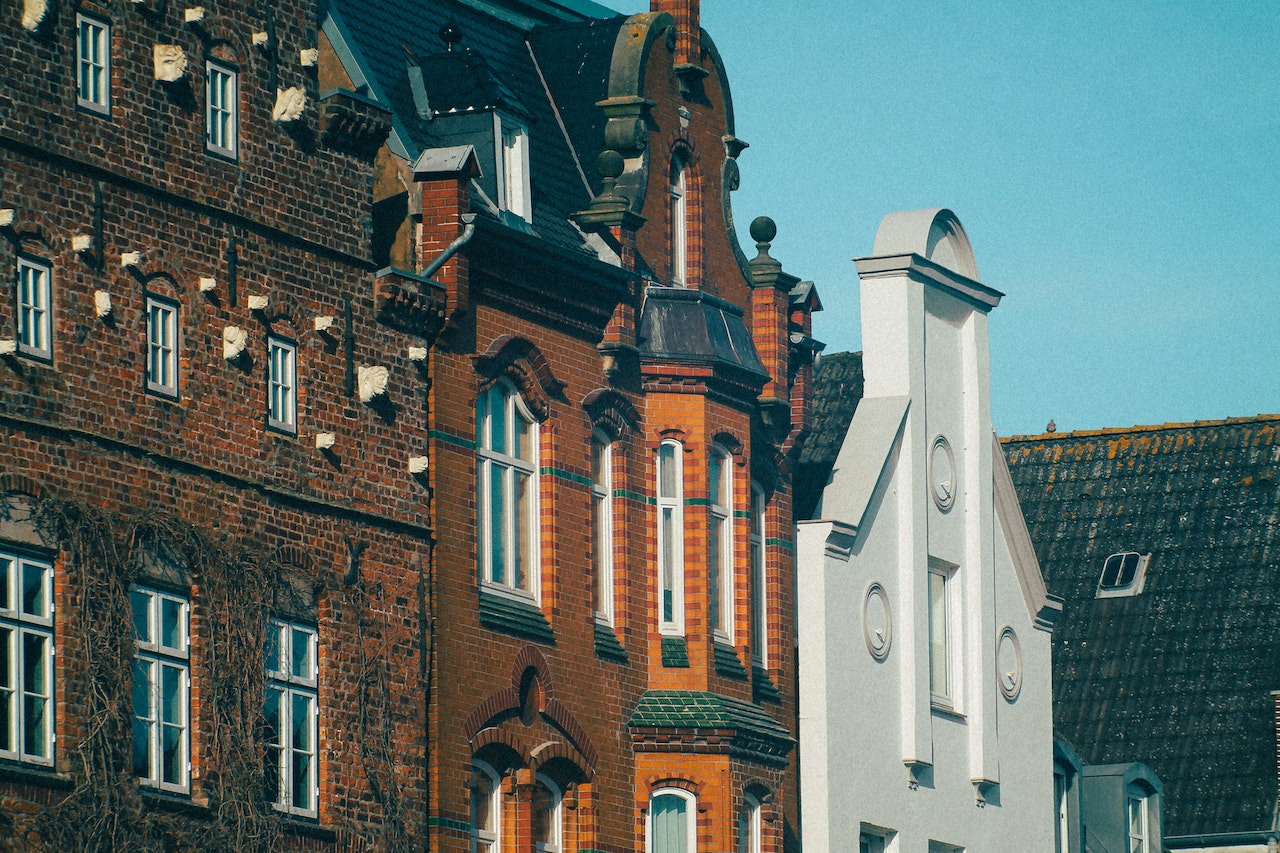The Role Of Architecture In Promoting Sustainable Transportation And Mobility - Building A Greener Future
Architecture and sustainable transportation are two interconnected fields that have a significant impact on the environment and society. The role of architecture in promoting sustainable transportation and mobility is important in promoting sustainable transportation and mobility by designing buildings and infrastructure that support and encourage non-motorized and public transportation modes.
Author:George EvansMar 28, 2023116.5K Shares1.9M Views

Architecture and sustainable transportation are two interconnected fields that have a significant impact on the environment and society.
The role of architecture in promoting sustainable transportation and mobilityis important in promoting sustainable transportation and mobility by designing buildings and infrastructure that support and encourage non-motorized and public transportation modes.
Sustainable transportation, on the other hand, aims to reduce the negative impact of transportation on the environment and improve the quality of life of individuals and communities.
In this article, we will explore the role of architecture in promoting sustainable transportation and mobility and the benefits that come with it.
The Role Of Architecture In Promoting Sustainable Transportation And Mobility
Sustainable transportation and mobility refer to modes of transportation that have a minimal negative impact on the environment and promote social and economic well-being. Sustainable transportation includes public transportation, cycling, walking, and carpooling.
The use of sustainable transportation modes can reduce greenhouse gas emissions, improve air quality, reduce traffic congestion, and promote physical activity. Sustainable transportation is also affordable and accessible to people of all income levels, which promotes social equity.
Benefits Of Sustainable Transportation And Mobility
There are numerous benefits associated with sustainable transportation and mobility. Some of these benefits include.
- Environmental benefits- Sustainable transportation helps to reduce greenhouse gas emissions, which contribute to climate change. It also helps to reduce air pollution, which can have negative health impacts on individuals and communities.
- Economic benefits- Sustainable transportation is cost-effective compared to private vehicles, and it reduces the demand for oil and gas, which can lead to price stability in the energy market.
- Social benefits- Sustainable transportation promotes social equity by providing affordable and accessible transportation options to people of all income levels. It also helps to reduce traffic congestion, which improves the quality of life in communities.
- Health benefits- Sustainable transportation promotes physical activity, which can reduce the risk of chronic diseases such as obesity and heart disease. It also reduces air pollution, which can have negative health impacts on individuals and communities.
Architecture And Sustainable Transportation
Architecture plays a significant role in promoting sustainable transportation and mobility by designing buildings and infrastructure that support and encourage non-motorized and public transportation modes.
Architecture can create a built environment that facilitates the use of sustainable transportation modes by providing safe and convenient access to public transportation, cycling, and walking paths.
Designing Buildings For Sustainable Transportation
Designing buildings for sustainable transportation involves creating spaces that encourage the use of non-motorized and public transportation modes. Some of the strategies that architects can use to design buildings for sustainable transportation include.
- Location- Architects can design buildings in locations that are easily accessible by public transportation, cycling, and walking. This can be achieved by locating buildings near public transportation hubs, bicycle lanes, and pedestrian walkways.
- Parking- Architects can design buildings with minimal parking spaces to discourage private car use. This can be achieved by providing limited or no parking spaces, which encourages the use of public transportation, cycling, and walking.
- Bicycle Facilities- Architects can design buildings with secure bicycle storage, showers, and changing rooms to encourage cycling. This can be achieved by providing dedicated bicycle parking spaces, bicycle repair stations, and bicycle lanes.
- Pedestrian Walkways- Architects can design buildings with pedestrian walkways that connect to public transportation, cycling, and walking paths. This can be achieved by providing safe and convenient access to pedestrian walkways, sidewalks, and crosswalks.
Designing Infrastructure For Sustainable Transportation
Designing infrastructure for sustainable transportation involves creating safe and accessible transportation modes that reduce the reliance on private cars. Some of the strategies that architects can use to design infrastructure for sustainable transportation include
- Public Transportation- Architects can design public transportation infrastructure that is safe, accessible, and efficient. This can be achieved by providing dedicated bus lanes, transit shelters, and pedestrian crossings.
- Cycling Infrastructure- Architects can design cycling infrastructure that provides safe and convenient access for cyclists. This can be achieved by creating dedicated cycling lanes, bike-sharing programs, and secure bicycle storage facilities.
- Pedestrian Infrastructure - Architects can design pedestrian infrastructure that provides safe and convenient access for pedestrians. This can be achieved by providing well-lit and maintained sidewalks, crosswalks, and pedestrian bridges.
- Green Infrastructure - Architects can design green infrastructure that supports sustainable transportation modes. This can be achieved by creating green spaces, such as parks and urban forests, that encourage walking and cycling.

SUTD Explains: Sustainable Transport
Challenges And Opportunities
While architecture can play a significant role in promoting sustainable transportation and mobility, some challenges need to be addressed. Some of the challenges include.
- Cost- Sustainable transportation infrastructure can be expensive to build and maintain, which can be a barrier to implementation.
- Planning- The planning and coordination of sustainable transportation infrastructure require the involvement of multiple stakeholders, including government agencies, private developers, and community groups.
- Public Perception- The public perception of sustainable transportation modes can be negative, which can be a barrier to implementation. People may view cycling and walking as unsafe or inconvenient, while public transportation may be seen as unreliable or inefficient.
Despite these challenges, there are also opportunities for architects and urban planners to promote sustainable transportation and mobility. Some of the opportunities include.
- Integration - Architects can integrate sustainable transportation infrastructure into the design of buildings and public spaces to promote their use.
- Collaboration- Architects can collaborate with other stakeholders, such as government agencies and community groups, to plan and implement sustainable transportation infrastructure.
- Education- Architects can educate the public on the benefits of sustainable transportation modes and encourage their use.
People Also Ask
What Are Some Examples Of Sustainable Transportation Modes?
Some examples of sustainable transportation modes include cycling, walking, public transportation, and electric vehicles.
How Can Architects Promote Cycling As A Sustainable Transportation Mode?
Architects can design cycling infrastructure that provides safe and convenient access for cyclists, such as dedicated cycling lanes, bike-sharing programs, and secure bicycle storage facilities.
How Can Architects Promote Walking As A Sustainable Transportation Mode?
Architects can design pedestrian infrastructure that provides safe and convenient access for pedestrians, such as well-lit and maintained sidewalks, crosswalks, and pedestrian bridges.
What Is Green Infrastructure?
Green infrastructure is the infrastructure that supports sustainable transportation modes, such as parks and urban forests, that encourage walking and cycling.
Conclusion
The role of architecture in promoting sustainable transportation and mobility is crucial in promoting sustainable transportation and mobility by designing buildings and infrastructure that support and encourage non-motorized and public transportation modes.
Sustainable transportation, on the other hand, aims to reduce the negative impact of transportation on the environment and improve the quality of life of individuals and communities.
By designing buildings and infrastructure for sustainable transportation, architects can help to reduce greenhouse gas emissions, improve air quality, promote social equity, and encourage physical activity.
While there are challenges to promoting sustainable transportation and mobility, there are also opportunities for architects and urban planners to collaborate and educate the public on the benefits of sustainable transportation modes.

George Evans
Author
George Anderson, an exceptional architectural designer, envisions and brings to life structures that transcend the realm of imagination. With an unwavering passion for design and an innate eye for detail, George seamlessly blends form and function, creating immersive spaces that inspire awe.
Driven by a deep appreciation for the interplay of space, light, and materials, George's innovative approach redefines the possibilities of architectural design. His visionary compositions leave an indelible mark, evoking a sense of wonder and transforming the built environment.
George Anderson's transformative designs and unwavering dedication continue to shape the architectural landscape, pushing the boundaries of what is possible and inspiring generations to come.
Latest Articles
Popular Articles
